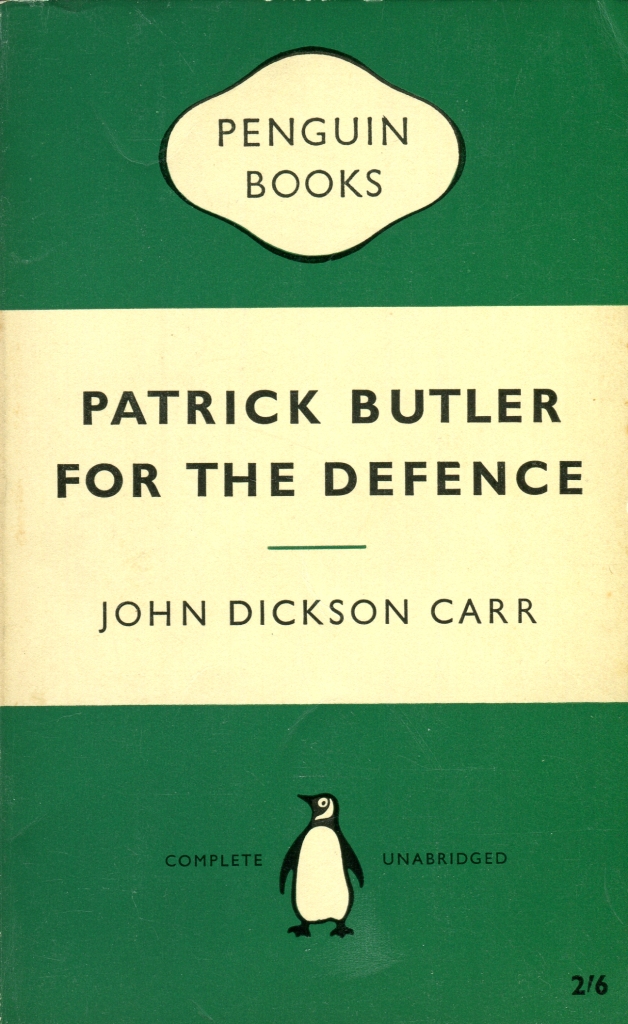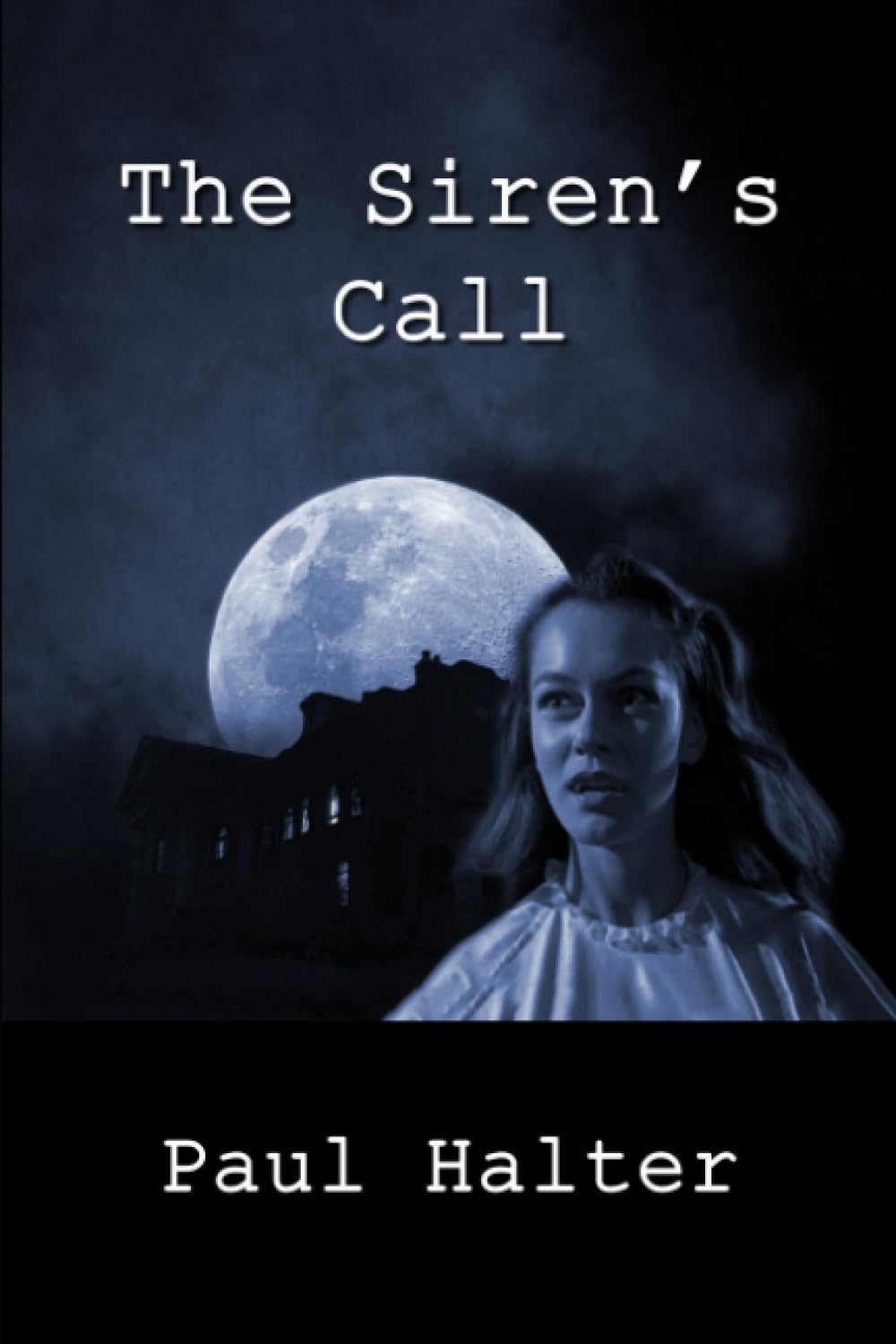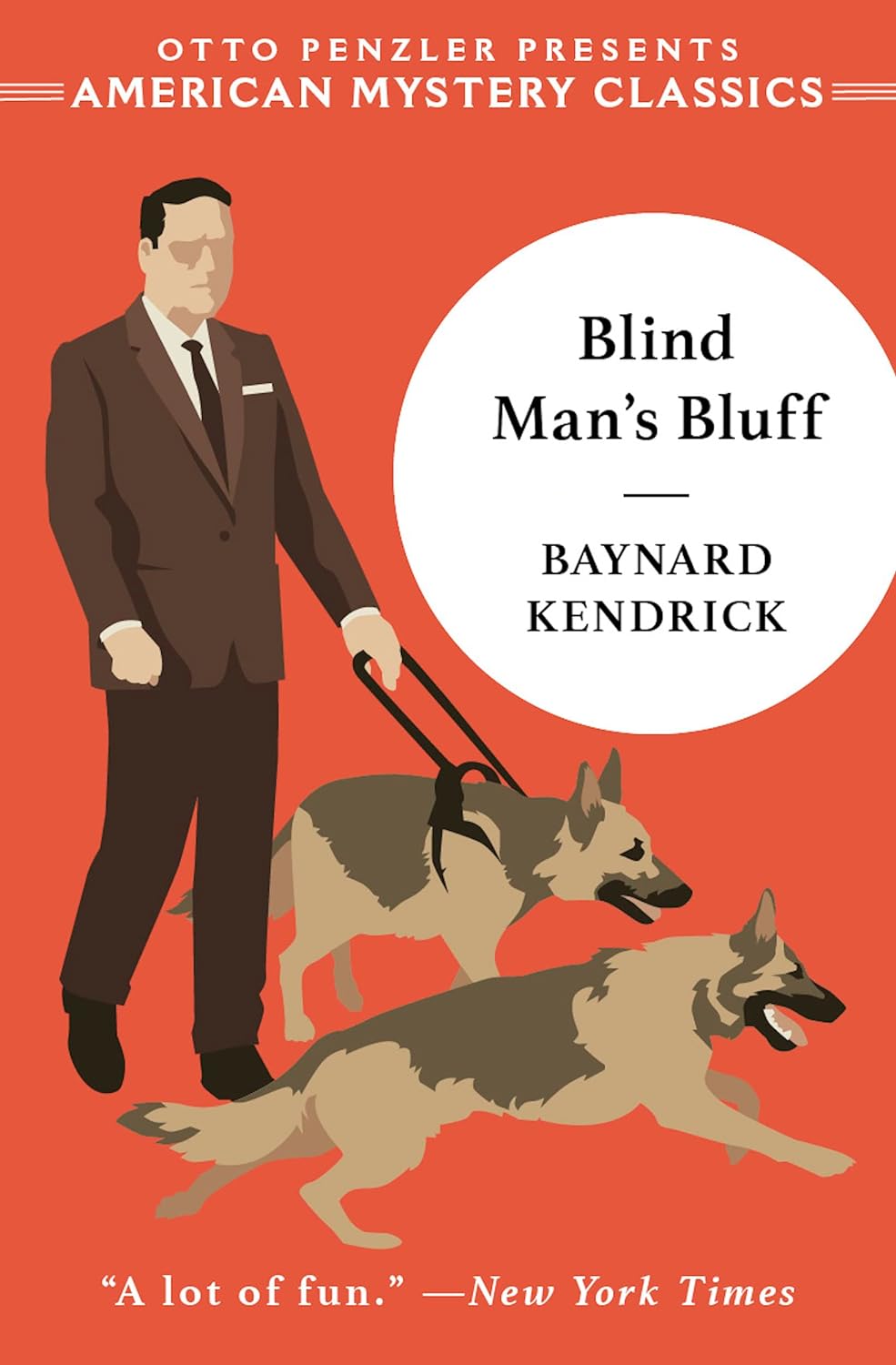I really rather enjoyed Faith Martin’s impossible crime novel The Castle Mystery (2019) when I read it back in 2019, so stumbling over a new hardback by her at my local library — and learning that Murder by Candlelight (2024) features a murdered body discovered in a sealed room — was a very pleasant surprise.
Continue readingImpossible Crimes
#1168: Patrick Butler for the Defence (1956) by John Dickson Carr

![]()
![]()
![]()
![]()
![]()
It is perhaps fitting — though, I assure you, completely accidental — that a locked room murder in a novel by John Dickson Carr, doyen of the apparently undoable nevertheless rationally explained, is the focus of the 500th post on this blog to be tagged “impossible crimes“. Sure, upon realising this I could have chosen one of Carr’s acknowledged masterpieces to reread, but I enjoyed the divisive barrister Patrick Butler, K.C. at first encounter, and was intrigued to see how the character fared without the support of Carr’s frequent and best sleuth, Dr. Gideon Fell. And, having given up on the two Carr novels I tried to read prior to this, I’m pleased to report that I enjoyed a fair amount of what Carr did here.
#1167: Adventures in Self-Publishing – Monkey See, Monkey Murder (2023) by James Scott Byrnside
It’s incredible to think that Monkey See, Monkey Murder (2023) is James Scott Byrnside’s fifth novel, and wonderful to report that it continues to walk the line between classic detection and a 21st century motivation to create something quite unlike what you may have read in the genre before.
Continue reading#1166: And Birds of Foreign Tongue! – My Ten Favourite Locked Room International Titles
I was saddened to learn of the recent death of John Pugmire who, for the best part of the last 20 years, has been instrumental in bringing the works of foreign authors to Anglophone fans, latterly through his Locked Room International imprint.
Continue reading#1162: “Front door locked on the inside, Johnny…” – The Art of the Impossible, a.k.a. Murder Impossible [ss] (1990) ed. Jack Adrian and Robert Adey, Part 2 of 2
Having previously looked at the first ten stories in this collection of impossible crime tales selected by Jack Adrian and Robert Adey, let’s crack on with the final eleven stories, shall we?
Continue reading#1161: “Who was murdered? When? How? Why?” – The Art of the Impossible, a.k.a. Murder Impossible [ss] (1990) ed. Jack Adrian and Robert Adey, Part 1 of 2
In a bizarre turn of events, I have no memory of acquiring the much-sought-after anthology The Art of the Impossible, a.k.a. Murder Impossible (1990) edited by the legendary pairing of Jack Adrian and Robert Adey. And yet I do have a copy. So let’s worry about my leaky memory later, and instead pick through some classic impossible crimes selected by two of the most knowledgeable men in the business, eh?
Continue reading#1160: The Siren’s Call (1998) by Paul Halter [trans. John Pugmire 2023]

![]()
![]()
![]()
![]()
![]()
Returning to the Devon setting which proved home to one of the best impossible crimes in fiction, The Siren’s Call (1998, tr. 2023) finds Paul Halter once again mixing mysticism with a small town setting to varied effect. Doubtless Halter is greatly enjoying himself in detailing the first ever case for his detective Dr. Alan Twist, sprinkling more than a few references to John Dickson Carr, ne plus ultra of the impossible crime, along the way, but the book still disappointed me: the eventual shape and the answers it provides to its somewhat amorphous mysteries ensuring a fun time if not a memorable one. Halter’s done far worse, but he’s also done much, much better.
#1157: Little Fictions – The Dr. Britling Stories: Six Were to Die [n] (1932) by James Ronald
Not such a little Little Fiction this week, as I revisit the novella Six Were to Die (1932), which I’ve read before in edited form.
Continue reading#1156: We Barred the Windows and the Doors – My Ten Favourite Impossible Crimes
I’ve been moved of late to give some thought as to what my favourite examples of my favourite subgenre of detective fiction could possibly be. And I’m finally willing to commit — so here are, for today at least, my ten favourite impossible crimes in fiction.
Continue reading#1155: Blind Man’s Bluff (1943) by Baynard Kendrick

![]()
![]()
![]()
![]()
![]()
I’ve already looked at one story with this title this week, so let’s complete the set, eh? This Blind Man’s Bluff (1943) is the fourth of Baynard Kendrick’s mysteries featuring Captain Duncan Maclain, and the second to be reprinted in the American Mystery Classics range. Having previously enjoyed The Odor of Violets (1941), I’m pleased to report that this is a stronger mystery, with a steadier core plot and enough unusual ideas stirred in to make a third visit with Maclain, should the AMC so wish it, rather appealing. The detective story and the pulp thriller have rarely meshed so well in my — admittedly, limited — experience, and I’m keen for more.





